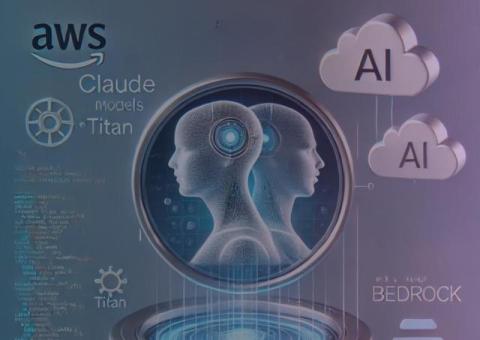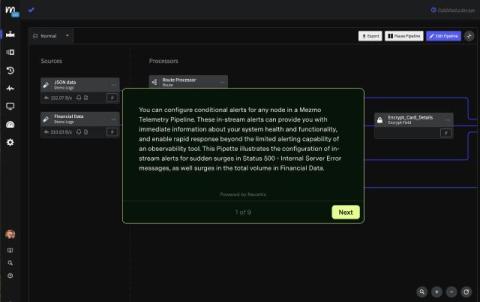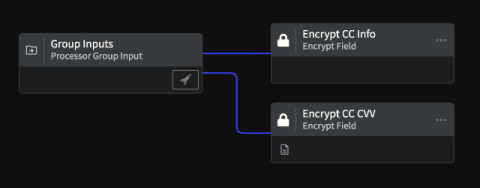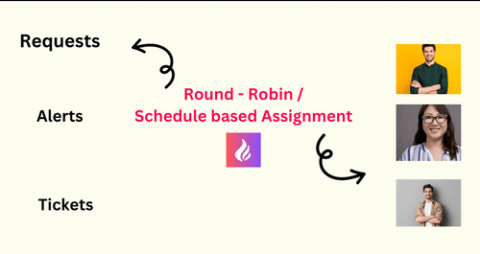Four Simple Steps for Streaming DX NetOps Alarms into Google BigQuery
In today's interconnected world, ensuring network reliability and performance is not just important—it's a must. Network alarms serve as the first line of defense in identifying and mitigating potential issues, providing network operations teams with the actionable insights they need to respond swiftly and effectively. To truly empower network operations teams to boost agility and efficiency, these alarms must be real-time and actionable.











